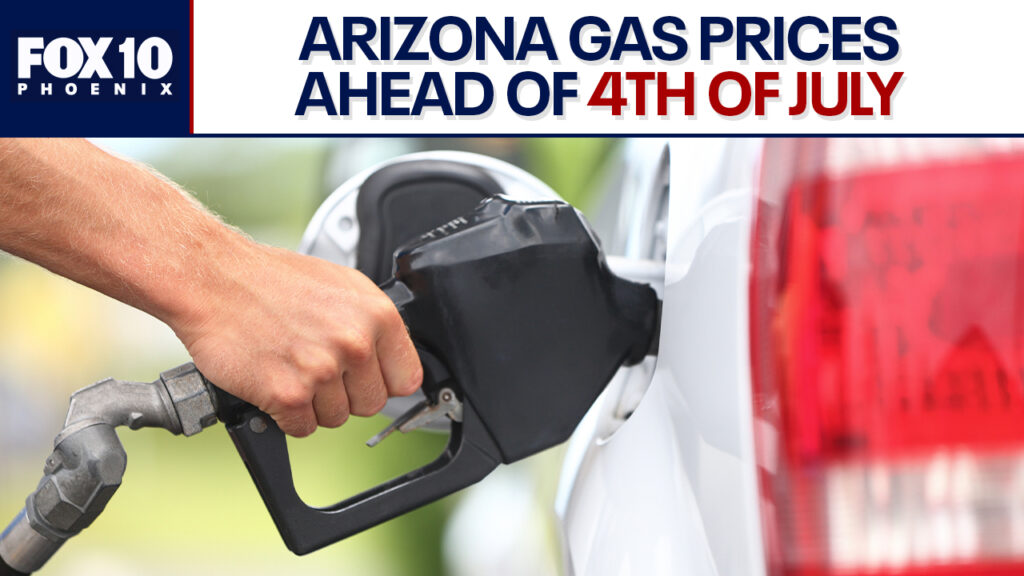As the United States gears up for the Independence Day celebrations, drivers are receiving an unexpected boon: the lowest gas prices since 2021. This development is particularly welcome news for the millions of Americans planning to travel during the holiday weekend, traditionally one of the busiest travel periods of the year.
According to the latest data, the national average for a gallon of regular gasoline has dipped significantly, easing the financial burden on travelers. This decrease comes after a period of fluctuating prices, driven by global market dynamics and domestic supply issues.
Factors Behind the Price Drop
The reduction in gas prices can be attributed to several key factors. Analysts point to increased domestic oil production and a stabilization of global oil markets as primary reasons for the decline. Additionally, the strengthening U.S. dollar has made oil imports cheaper, contributing to the downward trend in prices.
According to the U.S. Energy Information Administration, domestic crude oil production has reached levels not seen in recent years, bolstering supply and helping to keep prices in check. This increase in production has been supported by technological advancements in drilling and extraction, particularly in shale-rich regions.
Global Market Influences
On the international stage, geopolitical tensions have eased somewhat, reducing the risk of supply disruptions. The recent agreement among major oil-producing countries to maintain production levels has also played a role in stabilizing prices. This agreement, reached after months of negotiations, aims to balance supply and demand in the global market.
“The current trend in gas prices is a direct result of both domestic and international factors aligning favorably,” said energy analyst Sarah Thompson. “Consumers are seeing the benefits at the pump just in time for the holiday travel season.”
Historical Context and Comparisons
Historically, gas prices have been a volatile component of the American economy, often influenced by external shocks and domestic policy decisions. The last time prices were this low was in 2021, a year marked by the economic recovery from the initial impacts of the COVID-19 pandemic.
During that period, demand for gasoline surged as lockdowns eased and travel resumed, pushing prices upward. However, the current scenario presents a stark contrast, with ample supply meeting steady demand, resulting in lower prices.
Impact on Consumers and Economy
The drop in gas prices is expected to have a positive ripple effect across the economy. Lower transportation costs can lead to reduced prices for goods and services, potentially boosting consumer spending. For many families, the savings at the pump could translate into more discretionary income for holiday activities and travel.
By the Numbers: The American Automobile Association (AAA) estimates that nearly 50 million Americans will travel 50 miles or more from home this Independence Day weekend, with the majority opting to drive.
Looking Ahead: Potential Challenges
While the current trend is favorable, experts caution that several factors could influence future gas prices. Potential disruptions in oil supply chains, changes in production policies by major oil-exporting countries, and unforeseen geopolitical events could all impact prices.
Additionally, environmental policies and shifts towards renewable energy sources may gradually alter the landscape of the oil industry, affecting long-term price trends.
As the holiday weekend approaches, drivers can enjoy the immediate relief of lower gas prices, but remain vigilant about potential changes in the market. For now, the road ahead looks promising for travelers and the economy alike.
The next few months will be crucial in determining whether this trend continues or if new challenges will emerge, reshaping the dynamics of the oil market once again.
